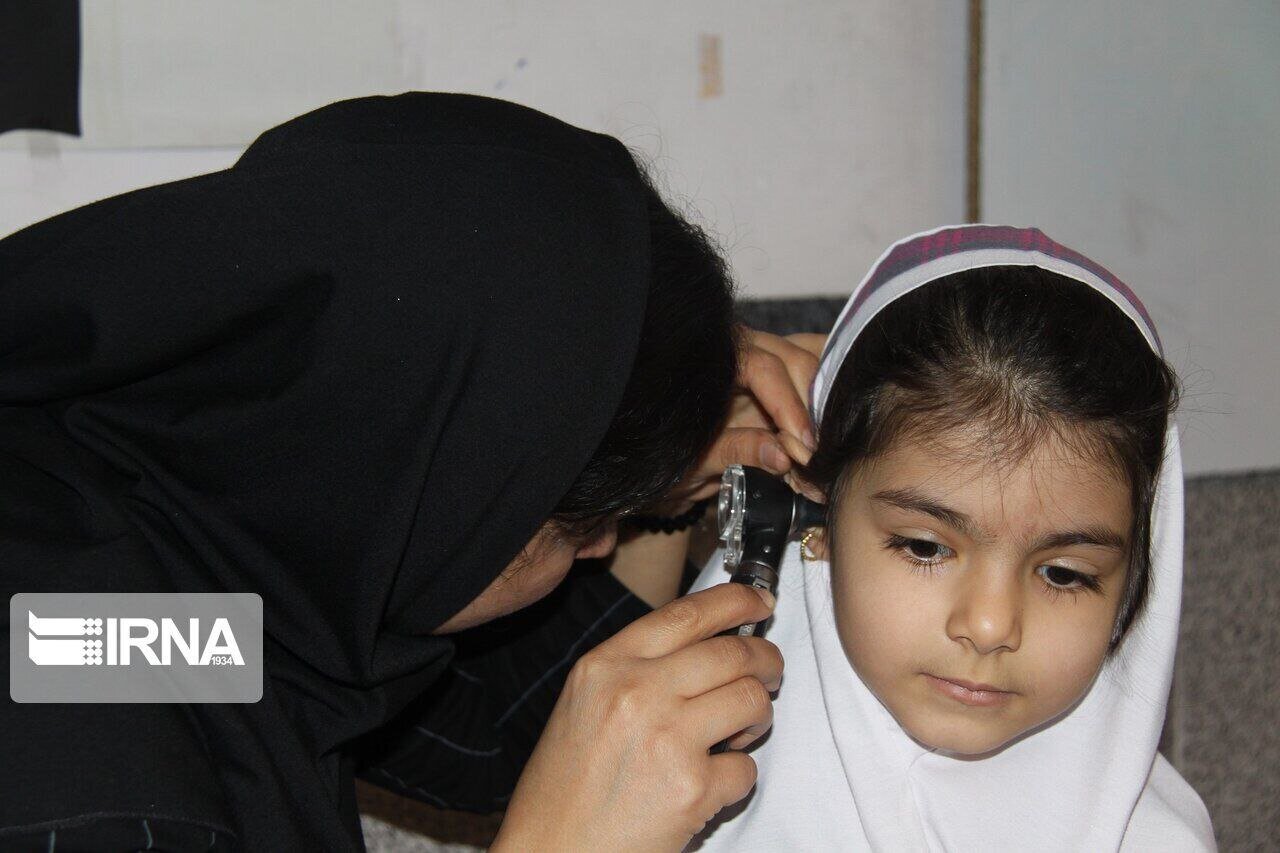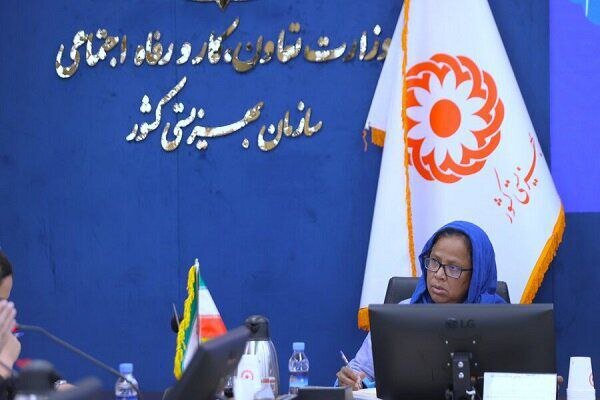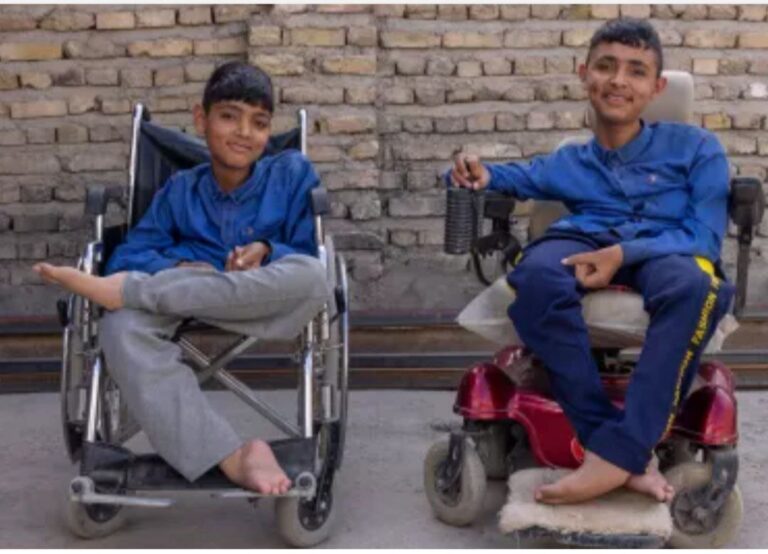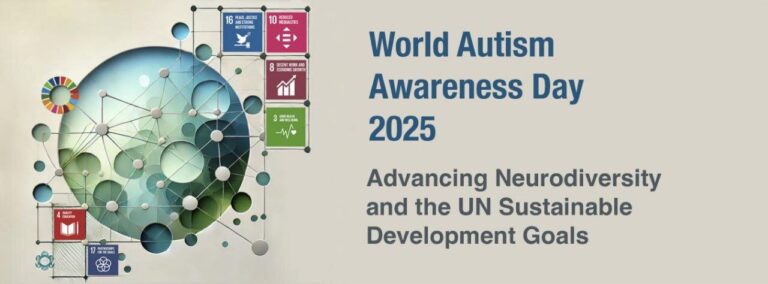Successful Hearing Screening Campaign Reaches 97% of Target Population!
The national hearing screening campaign in Iran has successfully reached about 97 percent of its target population, according to a recent statement from a health ministry official. This campaign plays a critical role in detecting potential hearing loss in infants during their early days of life. Early intervention, including the use of hearing aids or cochlear implants, can significantly improve outcomes for those affected by hearing impairments.
These remarks were made by Jafar Jandaqi in conjunction with the ongoing national health week, celebrated from April 21 to April 27. The initiative aims to raise awareness about the importance of hearing health and the available services for those in need.
As part of the current health services, Iran is offering free cochlear implants, with patients only responsible for the cost of hearing tests. These tests are also expected to become free soon, further increasing accessibility to essential hearing health services.
During his address, Jandaqi emphasized the importance of preventive measures, stating, “More than 50 percent of hearing loss and issues in adults and 60 percent in children can be prevented through effective healthcare strategies.” This reflects the significant impact of early detection and intervention in managing hearing loss.
The prevalence of hearing loss among school-age children in Iran is reported to be approximately 2 percent. Notably, around 3 to 5 infants per 1,000 are identified with hearing loss, highlighting the need for comprehensive screening programs. Additionally, Jandaqi noted that about 25 out of every 1,000 preschool children are diagnosed with hearing impairments, underscoring the necessity for expanded screening initiatives.
According to Health Minister Mohammad-Reza Zafarqandi, approximately 2,000 cochlear implants are performed annually in Iran, showcasing the country’s commitment to addressing hearing loss.
Individuals experiencing hearing loss can benefit from:
- Early identification through screening programs
- Access to hearing aids and cochlear implants
- Assistive devices that support effective communication
- Captioning services and sign language education
- Comprehensive social and educational support
Globally, around 466 million people live with disabling hearing loss, with children making up 34 million of this figure, as reported by the World Health Organization. Projections suggest that by 2050, over 900 million individuals could suffer from disabling hearing loss if current trends continue.
Hearing loss can arise from various factors, including:
- Genetic predispositions
- Complications during birth
- Certain infectious diseases
- Chronic ear infections
- Usage of specific ototoxic medications
- Exposure to loud noises
- Age-related changes
Failure to address hearing loss has significant economic implications, with an estimated global cost of $750 billion annually. However, implementing preventive measures and timely interventions can not only alleviate individual suffering but also prove to be cost-effective solutions for healthcare systems.
In summary, the national hearing screening campaign in Iran demonstrates a strong commitment to improving hearing health among its population. With significant advances in treatment options and a focus on preventive care, the country is not only enhancing the quality of life for individuals affected by hearing loss but also setting an example for other nations in managing this global health challenge.
For more information, individuals are encouraged to participate in the ongoing health initiatives and take advantage of the available resources to support hearing health.






